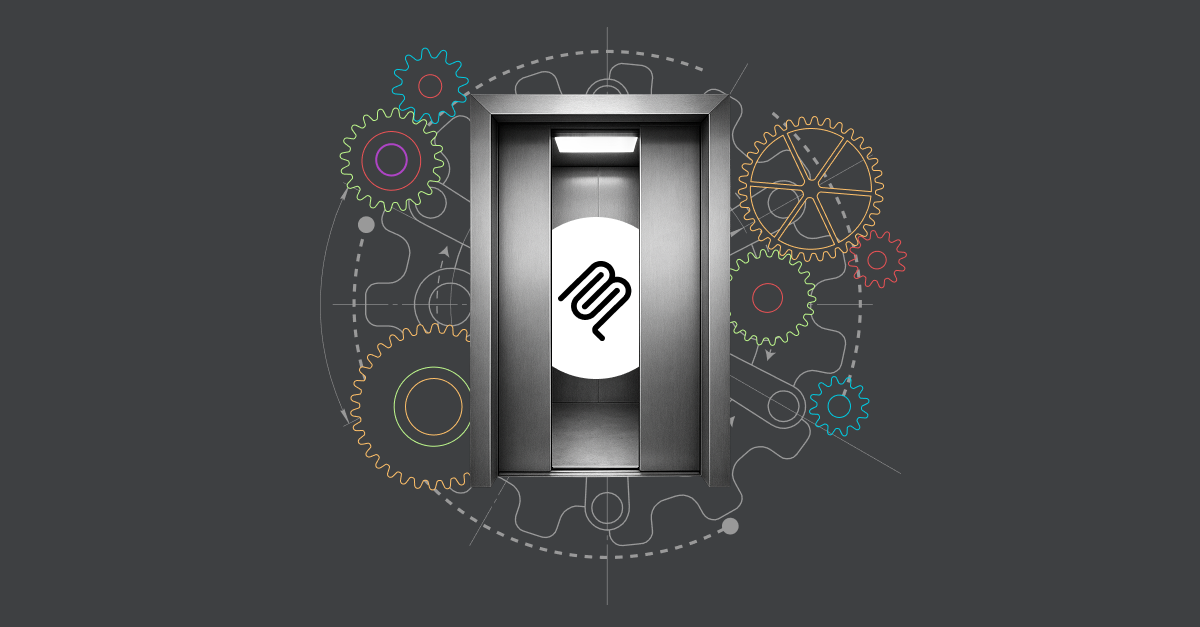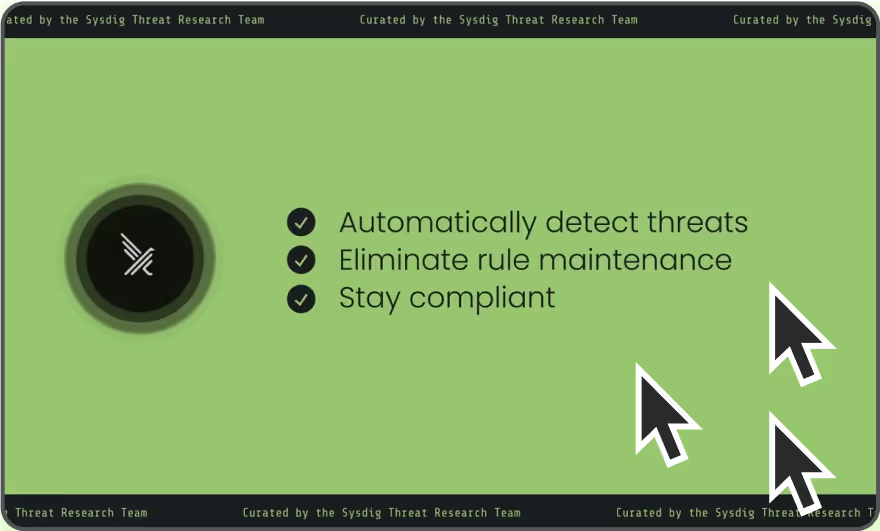
Falco Feeds extends the power of Falco by giving open source-focused companies access to expert-written rules that are continuously updated as new threats are discovered.

Model Context Protocol (MCP) server security
A new, largely invisible backdoor has opened in the enterprise. It doesn’t look like a vulnerability in the traditional sense, but it grants autonomous AI agents the power to move assets, alter data, and execute business processes—sometimes without a human in the loop. This enforces the importance of Model Context Protocol or MCP server security.
Failing to treat them as a high-stakes attack surface is the single most significant unaddressed risk in today’s AI technology stack. While many leadership teams obsess over model accuracy and data privacy, a series of recent breaches targeting these connective tissues reveal a critical oversight that could cost organizations dearly.
The risk is real
Attackers are already exploiting the seams between AI’s probabilistic nature and the deterministic controls of legacy security. The Sysdig Threat Research Team (TRT) first discovered LLMjacking in May 2024, and has continued to report on this developing threat since. LLMjacking is the illicit access of a victim’s LLM for any number of malicious use cases, like drafting code, conducting social engineering campaigns, selling access, or otherwise engaging in unethical behavior. DeepSeek’s database misconfiguration exposed millions of chat logs and API keys, illustrating how a single oversight can lead to a systemic breach. Meanwhile, Hoplon InfoSec found over 12,000 API keys and passwords in LLM training datasets, highlighting how easily sensitive credentials can be leaked and abused at scale.
I’ve been on this journey before. I remember back in 2015, when my peers and I were demanding feature-rich APIs from vendors to automate security operations—an early signal of the SOAR market. The logic then is the same as it is now with MCPs: we need leverage to operate at scale. But this new leverage introduces a new class of risk. I learned this firsthand when a single logic error in a Python playbook—one I wrote—accidentally blocked internet access for the entire company. It’s a mistake you only make once. Now, imagine that same potential for error, but amplified by autonomous agents acting at machine speed. That is the new landscape we must secure.
These aren’t isolated incidents. They are the early signs of a new class of risk that legacy controls were not designed to address. The financial impact is measurable: regulatory fines under the EU AI Act can reach up to 3-7% of a company’s global turnover, while the direct costs of customer churn and stock price drops following a public AI-driven breach can run into the tens or hundreds of millions.
Why old thinking fails with MCP
Why are so many organizations exposed? The answer is structural. MCP servers are not just APIs—they are the operational backbone for agentic AI. Unlike legacy APIs, which are deterministic and permissions can be tightly scoped, MCPs empower large language models to take action. The protocol often assumes that both the requestor and the object requested are benign, so requests are not always validated. This can lead to unintended consequences: not just data leakage, but the unauthorized movement of assets, triggering of workflows, or even sabotage of operations.
The trifecta of vulnerabilities, weak authentication, prompt injection, and broad authorization, creates a blast radius that legacy security models cannot contain. Regulatory bodies have noticed. The EU AI Act and NIST’s AI Risk Management Framework now require organizations to address these risks directly, not as an afterthought.
The four pillars for MCP server security
To address this new class of risk, CISOs and CTOs must move beyond checklists and adopt a principle-based approach. Here are the four strategic pillars that I go to when discussing this risk with my peer group—a methodology, not a menu.
1. Authentication and credential management
Static tokens and weak session management are an open invitation to attackers. Implement short-lived, rotating credentials and multi-factor authentication. Monitor for token misuse and automate credential revocation. This limits the impact if a token or key is compromised. But strong authentication is only the first step. Once you’ve locked down who can access the system, the next challenge is controlling what they can ask of it.
2. Harden input validation and prompt controls
Prompt injection is not a theoretical risk; it’s a proven attack vector. Apply rigorous input validation and sanitization at every layer. Use allow/deny lists and monitor for anomalous prompt patterns. I am seeing some organizations route queries through a proxy, removing known malicious queries before the MCP server can receive them. The goal here is to prevent data exfiltration and manipulation that could result in customer loss or legal exposure. After managing the inputs, you must strictly govern the outputs.
3. Enforce granular authorization and context isolation
Overly broad permissions and poor multi-tenancy controls create a massive blast radius. MCPs have historically struggled with authorization, which can lead to data leaks, so ensure a robust solution is in place before connecting the MCP server to sensitive datasets. Enforce least-privilege access, implement granular, role-based authorization, and isolate contexts and tenants to ensure optimal security. The business impact: containing breaches to a single workflow or user, rather than the entire enterprise.
Authorization has been a historical struggle for MCPs. Before connecting these servers to sensitive datasets, ensure a robust solution is in place to prevent data leakage.
4. Institutionalize continuous oversight and AI literacy
Static controls are obsolete. Deploy real-time monitoring for MCP interactions, schedule regular red teaming, and ensure every business unit—not just IT—understands the risks and responsibilities of MCP-enabled AI. An AI-literate workforce, from the product manager to the board, is now a baseline defense. This isn’t just about security; it’s about building the organizational muscle needed to innovate safely. The business impact is twofold: first, you achieve faster detection and remediation of incidents, and second, you build a demonstrable security posture that can be used as a powerful competitive differentiator to win enterprise customers who increasingly demand proof of AI supply chain security.
The new standard for trust
The breaches of the past year were not an anomaly; they were a preview. As autonomous agents become inseparable from business operations, the security of the MCP servers that enable them will become the ultimate litmus test for corporate trustworthiness. The leaders who treat this not as a technical problem but as a core tenet of their business strategy will not only safeguard their enterprise, but they will set the standard for what a resilient and innovative company looks like in the age of AI.


